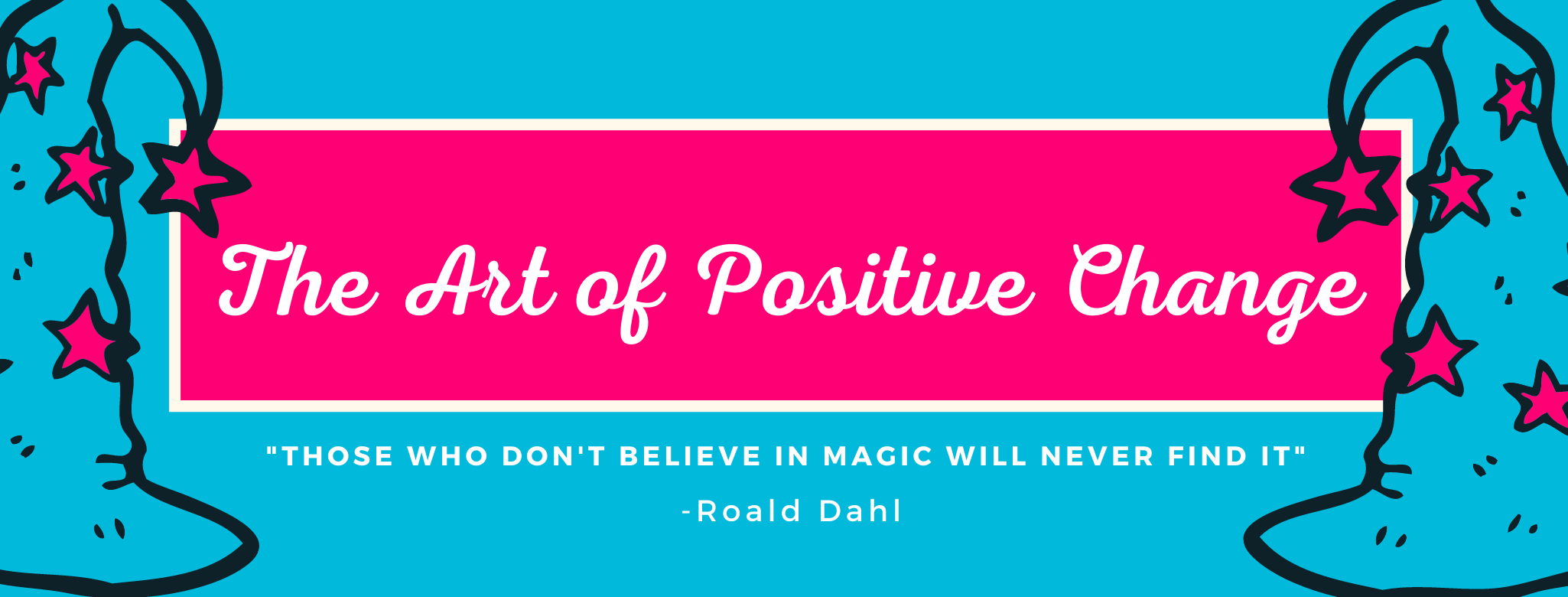 Thanks to the brilliant Andy Kefford for the above image
Thanks to the brilliant Andy Kefford for the above image
Imagination. Walt Disney and the hugely successful brand he built is synonymous with the word imagination. It is in the imagination of Walt and those who followed in his footsteps that our favourite animated characters were dreamed of before they became a reality on our screens. Who ever would have thought a small mouse with a squeaky voice would be one of the most famous and most loved characters around the world for decades? It truly is amazing what the imagination can bring to life when we focus on possibilities and not obstacles!
All change means doing something that hasn’t been done before and in order to bring about change we must first engage our most precious creativity tool – our imaginations. Our imaginations are limitless, there is no end to what we can dream of, just as there are no limits to what can be achieved in the real world where dreams become reality.
We can use our imaginations to dream of the change we wish to see, use our imaginations to feel how we want to feel when the change is a reality and use our imaginations to ponder on the thought of how we are going to achieve the change.
One of my favourite books, ‘The Alchemist’ by Paulo Coelho, is one of the most widely read and successful books of all time. A parable about a young Andalusian shepherd, this remarkable book offers a wealth of wise lessons to us all about life, the possibilities that lie within each of us and the importance of using our imaginations and following our dreams. My favourite quote from this book and one I truly believe in is,
‘’And when you want something, all the universe conspires in helping you to achieve it.”
Can you imagine that when we decide we want something – an entire universe will conspire to help us achieve it? We may find this hard to believe, however it is this belief that determines the success or failure of what it is we want to achieve.
We must first believe that what is in our imagination is capable of becoming a reality. As suggested by the above quote, the universe will then look after the finer details.
Do you believe an entire universe is conspiring to help you achieve what you want?
In the image above, Pinky dreams of being with his loved ones, on a sunny day. Our dreams don’t have to be grand visions but they do need to resonate totally with ourselves.
Is your imagination being used to its full potential?
Are you allowing your imagination to run wild?
Do you dream big about the changes you want to see in your life and business?
Are you dreaming bigger than you ever thought possible?
[tweetthis]‘Laughter is timeless, imagination has no age and dreams are forever.’ Walt Disney [/tweetthis]
If you want to learn more about creating effective change in your life and/or business, download my free e-book ‘The A-Z of Effective Change’ below.
Thanks for reading,
Siobhain
x x








 Image Credit:
Image Credit: 